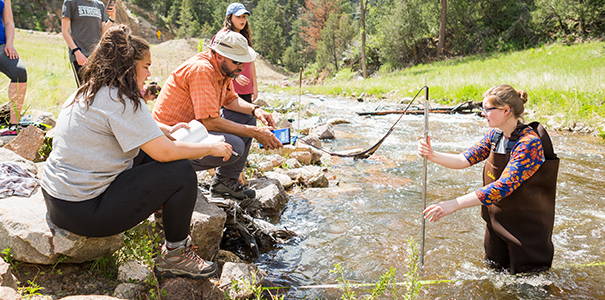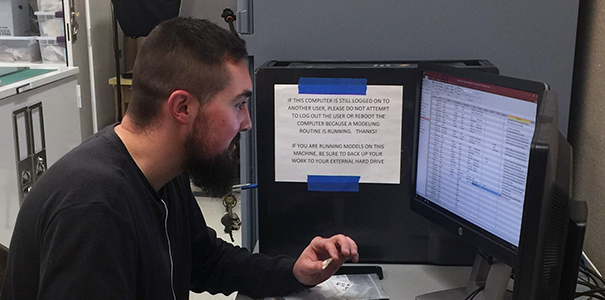
In December 2013, there was a shooting at Arapahoe High School that left two students dead: a victim, Claire Davis, and the shooter. The Davis family wanted to understand what lessons could be learned from that shooting because school violence is a problem in Colorado and the United States.
Above: Vigil for victim Claire Davis.
Claire Davis.
Department Chair and Associate Professor of Criminology and Criminal Justice Sarah Goodrum, Ph.D., along with University of Colorado Boulder's William Woodward, reviewed school records about the student, school records about safety procedures, and deposition testimony from school officials to understand the events and circumstances leading up to the shooting. They identified three major areas of concern that inhibited the school’s ability to prevent the shooting, including information sharing, threat assessment and systems thinking.
Watch an interview with Goodrum about the findings and recommendations:
The shooting at Arapahoe High School broke new ground in understanding school violence. School staff knew that there were problems with the student and conducted a threat assessment, which was the right action. However, there was a lack of follow-up support and detail in the threat assessment.
"There was an opportunity to intervene, and the school did try to intervene, but didn’t necessarily have the training in place to conduct the threat assessment properly or the appriopriate follow-up care for that student — things were missed," Goodrum said. "We wanted to figure out what we could do better next time, and we’re trying to move that forward with this kind of research."
Listen to the full version of Goodrum's interview in the following podcast:
Concerned about a peer or student? Interested in current research and initiatives in stopping school violence? Resources are available including:
- Safe2Tell: Anonymous reporting system where students, teachers and staff can report concerns about a classmate.
- Safe Communities Safe Schools (SCSS) model: This theory-driven, actionable and comprehensive approach to school safety is designed to operationalize what's been proven to work in creating a positive school climate and inform identification and intervention with students presenting mental and behavioral health concerns.
- Teaching, Empowering, Leading and Learning (TELL): TELL evaluates school staff’s perception of a school’s climate and measures teachers’ perceptions of and satisfaction with communication, students, administration and work.
— Produced by Katie-Leigh Corder.
More Stories
-
June 18 Webinar to Showcase Outcomes of Anthropology Program's Reclaiming Heritage Project
Este artículo no está en español.
-
UNC Faculty Provide Expertise, Student Involvement in Local Environmental Efforts
Este artículo no está en español.
-
Professor Receives $6,500 Grant to Create Digital Archive for Artifacts
Este artículo no está en español.
-
Ask the Expert: Police Interrogation and Confession
Este artículo no está en español.





